Pool owners know that even chlorinated water can be a breeding ground for a number of pests. If you are a new owner, then you’ve probably faced the dreaded green pool! Don’t sweat, even seasoned owners will tell you that this problem isn’t as uncommon as you’d think.
Dirty pools are home to all kinds of bacteria and other harmful microorganisms. Among these unwanted inhabitants, swimming pool algae are the most common. Algae can be present in swimming pools in a number of different forms.
Depending on what kind of algae you have, your efforts to get rid of algae can either be a walk in the park, or you might need a more complicated solution to cleaning your swimming pool water.


How to get rid of algae in a pool quickly
There are a few different options when it comes to dealing with algae blooms in your pool. The approach you choose when it comes to how to kill algae in pool depends on the kind of algae present and the stage of growth that it is in.
Do not use algaecide to try and rectify a green pool, which is meant to prevent algae growth not to kill it.
Shocking pool water
The most basic way of killing the algae in your pool is by using pool shock. Most pool owners use this technique, and when it comes to killing and preventing algae, it’s great for regular maintenance.
When shocking the water, there are 4 main steps that need to be followed.
Step 1
First, you need to add chlorine shock in an amount to super-chlorinate the pool water to kill algae in the pool. You can use either liquid, granular or chlorine tablets, but make sure that it is the non-stabilized kind (free of cyanuric acid) and follow the instructions on the pack to use the right amount for your pool volume.
You may find my article about pool shock useful to understand the different types – Pool shock facts
Step 2
Next, you need to lower your pool’s pH level. When a pool is not treated with chlorine for a while, the pH levels tend to rise. Moreover, if you are introducing chlorine to the water, it won’t be as effective with a high pH level and it will dissipate quickly.
You can lower the pH by adding cyanuric acid to the pool.
Step 3
Make sure that the pool’s circulation system is running properly. This will allow the chlorine shock to be mixed around the pool. Have a look at the filters in your pool. If you have clogged filters this can hinder this process.
You will most likely get debris in the filter while you are circulating the water so check on this every 12 hours. Run the circulation system for 24 hours.
Step 4
48 hours after shocking the pool, you need to test the water to ensure everything is as it should be. If you find that the pH is too high or too low, adjust it accordingly.
Clean out the filters once again, manually vacuum the dead algae dust out using the waste setting and reset the circulation system to the normal setting.
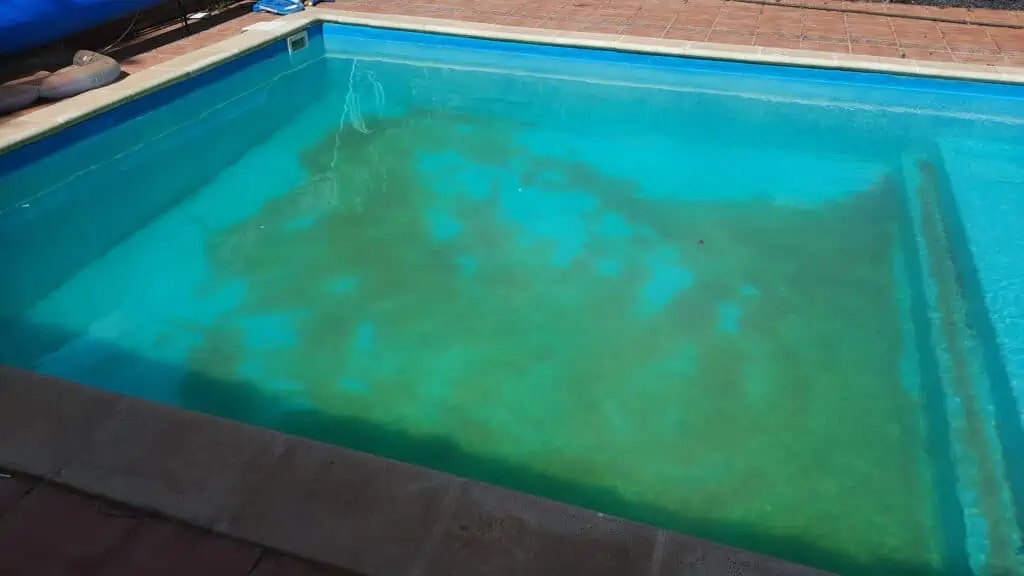
Root cause of pool algae growth
Cleaning your pool
There are a few things that can contribute to the growth of algae in your pool. The most prominent reason is the health of the pool water itself. If you don’t keep the free chlorine levels up ànd keep the pool free of organic debris (which can harbor algae spores), it sets the stage for an algae bloom to take place.
Circulating water
The other problem is that the pool isn’t being used enough and the water circulation through the filtration system isn’t happening for long enough to keep pests like algae from growing.
Algae thrive in stagnant water, which is why you should have your pool’s circulation pump running for a sufficient time each day.
Managing pH levels
Another reason could be that you haven’t managed the pH level of the pool well. Algae love high pH level water. It is basically the best food source for a plant that thrives in harsh water conditions. When the pool isn’t taken care of, the pH will get out of balance and promote algae growth.
Not enough sun
If you have a pool in the basement or a shaded pool, and the water isn’t getting sun, this will also promote algae growth. Black algae in particular love to grow in dark areas where there is little activity. This is why you will commonly find algae and green slime on hard-to-reach pool surfaces such as under the steps or in a corner hidden from the light even in outdoor pools.
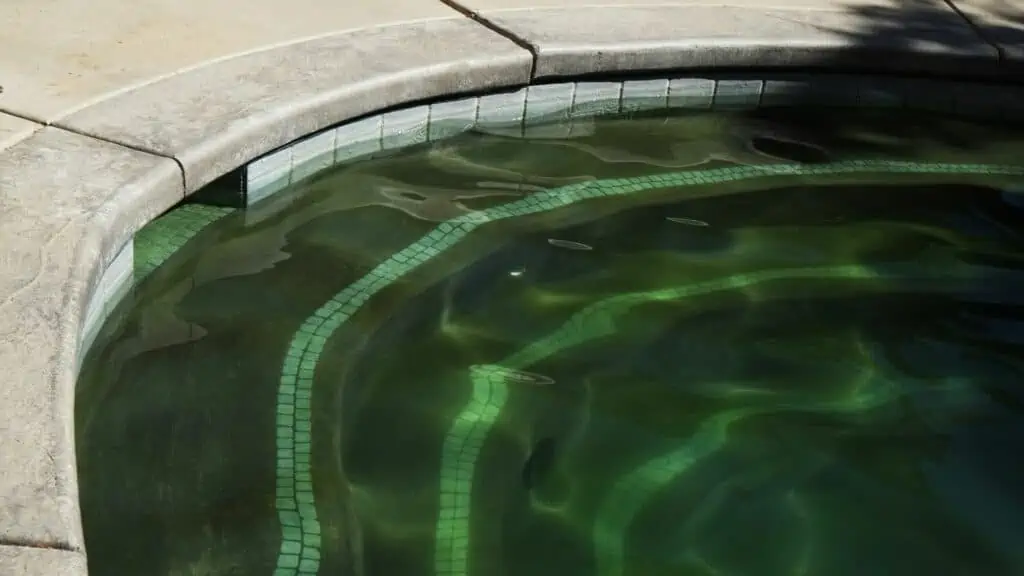
Treating different stages of algae
Light green algae
Killing algae before it manages to get a hold is key.
Treating these green pool algae is the easiest, and probably the most common, but there are a few things to prepare beforehand. The first thing to do is to manage the pH level of the water. The chlorine you use won’t be as effective if the pH level is high, so you need to use hydrochloric acid to lower the pH level first.
If you have a pool that has a vinyl lining, use the hydrochloric acid in smaller quantities over a longer time period. For a regular pool, you will need 2 liters of acid. For a vinyl pool, add one liter first and then the second liter 24 hours later.
With your pH level balanced you can proceed to shock the pool with chlorine. If you are using granulated chlorine you can use 500 grams and if you are using liquid chlorine you can use 3 to 4 tubs of it depending on the volume of your swimming pool.
The liquid chlorine is far less potent so you will need significantly more if it.
Saltwater pools
If you have a saltwater pool, so you are using saltwater chlorination for your pool, then you will also need 3 to 5 bags of salt. When you add the salt, turn on the chlorinator and let it run for a couple of days at maximum power.
After the salt cleansing is done and the chlorinator has been running, it is time to service all the filters. If you have removable filters, clean them. If you have a sand or DE fillter then backwash it. Also, have a look at the electrode in case that needs to be replaced.
With all the cleaning done, make sure you add 500 grams of stabilizer and UV block out to prevent evaporation and to keep the chlorine in the pool.
Dark green algae
If you have darker algae then you need to follow the same steps mentioned above but you need to increase your quantities of chlorine and acid. Rather than 2 liters of acid add 3 or 4, rather than 500 grams of granulated chlorine use 1000 grams. These ingredients are also going to be added over a longer period of time. If you’ve previously done it in a 24-hour cycle, this time allow for 48 hours.
Dark green algae is also a sign of debris at the bottom of the pool. Make sure you get your leaf scoop and clean out all the sediment at the base of the pool. If you have a vacuum you can use that to suck up all the matter that has settled at the base.
Dark black/green algae
If you have extremely dark green algae then your best option is to multiply the quantities that you would use for light green algae by 3 to 5 times. In this process, you will most likely have to go through a couple of sets of filters during the actual cleansing and you will need more time to completely remove the algae from the water.
Cleaning your swimming pool after the initial shock treatment process can easily take 2 to 3 weeks. With dark green algae, you will most certainly have a lot of matter settled on the pool floor. This could be leaves, insects, or even a small animal that has drowned in there. You will also need a strong odor remover to clear out any bad smell coming from the pool water.
How to prevent algae in pool
Algaecide
You can use an algaecide to help prevent algae growth but frankly, just keeping the pool clean and the water chemistry levels correct is the best way to stop an algae bloom. If you use tablets with more than just chlorine (5-in-1 etc) then they often include an algaecide so if you also add algaecide then it is easy to have too much algaecide in pool water which may lead to pool foam.
Pool mechanics
One thing to keep an eye on is the pool filter. Since these are usually tucked away, people don’t notice them and they are a great breeding ground for algae to grow in. Make sure you regularly check the filters and replace or clean them as needed. A zodiac cleaning solution can really help keep a pool filter in top condition.
If you have a green pool, it could be your circulation pump is not functioning properly so free-floating algae is not filtered out due to poor circulation. Over time, the pump’s motor can weaken and not push as much water around, especially in hot climates. This means your water could become stagnant, which makes it more likely for algae to grow.
You should also check the sand in your pool’s sand filter. If this is old it can mean that it will not filter efficiently or remove algae.
Swimming pool chemistry
Make sure the pool water has enough chlorine in it at all times, and that you’ve used enough UV blockers to protect the chlorine levels from dropping due to evaporation. Even if you clean it thoroughly but don’t protect the water, eventually all the cleaning ingredients will evaporate and you will be left with a body of water that is completely exposed to any kind of infection.
Be sure to maintain a good pH level, too. Test once a week or twice a month and if you see any variation, take the necessary steps.
Swimming pool cleaning
Use your leaf scoop to clean the pool regularly to make sure the water is always clean. The contaminants in the water significantly affect the quality of the water and act as a way for microorganisms to enter.
Also, arm yourself with the right pool equipment, like a pool brush to help you, for example, clean the swimming pool walls. Regular cleaning will prevent algae growth and make your life easier.
Vacuum the pool regularly and perhaps invest in a robotic pool cleaner such as a Dolphin Nautilus CC Plus (the best equipment investment I have ever made for my pool)
Cover your swimming pool
If you are heading out for a vacation or can’t get around to regularly cleaning the pool, get a cover for it. This will protect the pool from any kind of weather condition and will also help keep things out.
Even if you have had algae protection in the past with these tips you can prevent it from coming back. Regular pool maintenance is the key to great water year-round.
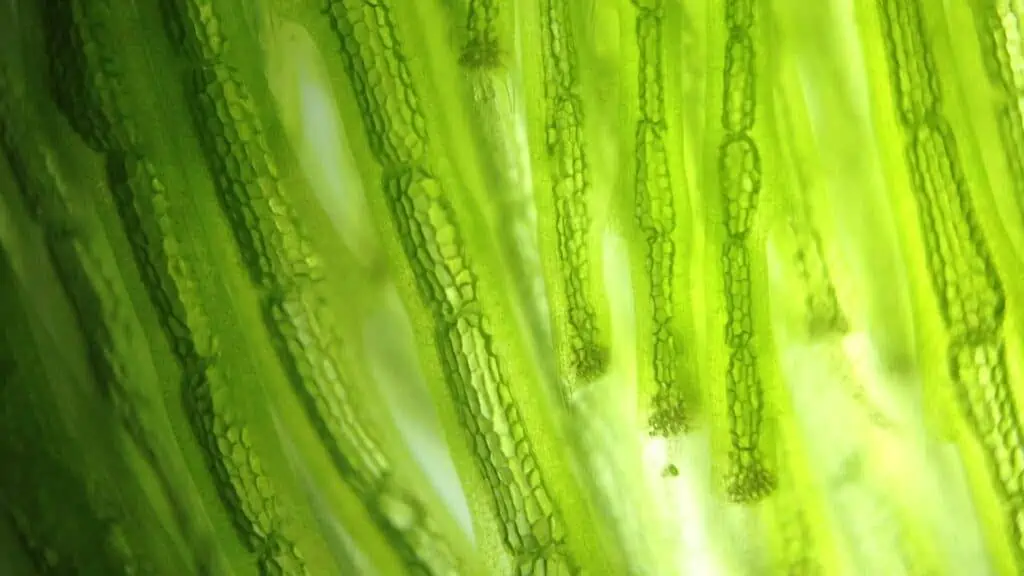
Other types of algae
Yellow pool algae/mustard pool algae
Yellow algae, or mustard algae, are very common in portions of the pool that don’t receive a lot of sunlight. This is the most common kind of pool algae in indoor swimming pools and shaded ones.
Usually, yellow algae will be growing on the pool walls and can sometimes be mistaken for pollen or sand when they are seen floating on the water.
Mustard algae is a more resilient form of algae that will require more work. Usually, shocking these algae with a strong sanitizer should do the trick but weaker chlorines will have little or no effect. It’s important that you clean these algae properly the first time around and remove all traces so that it doesn’t come back.
Black algae
Black algae look like little black spots on the walls or floor of your pool. They resemble the black fungus you would normally see on bread that has gone bad. Unlike green and yellow algae, black algae have roots, and these have a very good grip on the surface the algae are growing on.
This is also a very resilient form of algae. It actually has a protective layer on top of the black body that you can see. The roots can grow deep and they will easily penetrate the plaster on the wall they are growing on.
For black algae, not only will you need a potent shock agent, but you will also need your pool tools to manually scrub the algae off your swimming pool walls and remove them from their base. You need to make sure you completely remove the base and roots or else they will grow back.
So that’s pretty much it. Let’s be honest, maintaining a pool is a lot of work, and there are times when we tend to slack a bit when it comes to regular check-ups. But, if you really want to reap the benefits of a home pool, then taking the necessary precautions can go a long way. And if you do forget your regular upkeep, don’t worry. With these tips and tricks in mind, you can say goodbye to your green pool forever!
Is pool algae harmful to humans?
While algae itself is not necessarily harmful to humans, it can create a number of health and safety concerns.
Algae can be very slippery, so the pool floor and steps can be difficult to walk on and which increases the risk of falls.
In addition, algae can also clog filters, pumps, and skimmers, reducing the effectiveness of pool cleaning systems and making it more difficult to maintain clean and clear water.
If the algae growth in a pool is not properly managed, it can lead to the growth of harmful bacteria and other microorganisms. These microorganisms can cause skin and eye irritation, as well as respiratory problems for some individuals.
In severe cases, contaminated pool water can even cause infections, such as ear infections, swimmers’ itch, and skin rashes.
FAQs
Is it OK to swim in pool with algae?
If you have just a little algae, perhaps on a wall that faces the sun, then you should come to no harm swimming. However, if you have a large algae infestation such that the water itself is green then swimming should not take place until the algae has been killed and removed from the pool.
Does chlorine kill algae?
Chlorine is without a doubt the best chemical to use to kill algae. Shocking a pool with a high dose of chlorine shock will kill the algae quickly.
Can high chlorine cause algae?
If your pool has a high chlorine level then algae will not be able to grow. Obviously no one should swim when the chlorine levels are very high.




![Getting Rid of Algae in Your Pool Quickly 8 Dolphin Nautilus CC Plus Robotic Pool [Vacuum] Cleaner - Ideal for In Ground Swimming Pools up to 50 Feet - Powerful Suction to Pick up Small Debris - Easy to Clean Top Load Filter Cartridges](https://m.media-amazon.com/images/I/51VYcKlMpxL._SL500_.jpg)
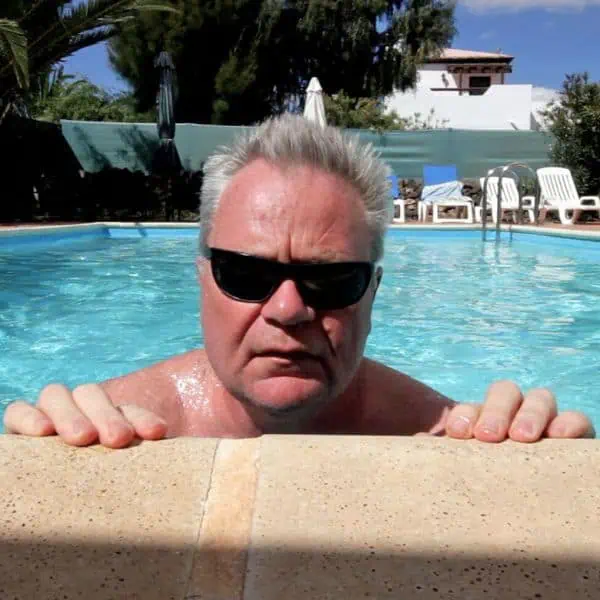


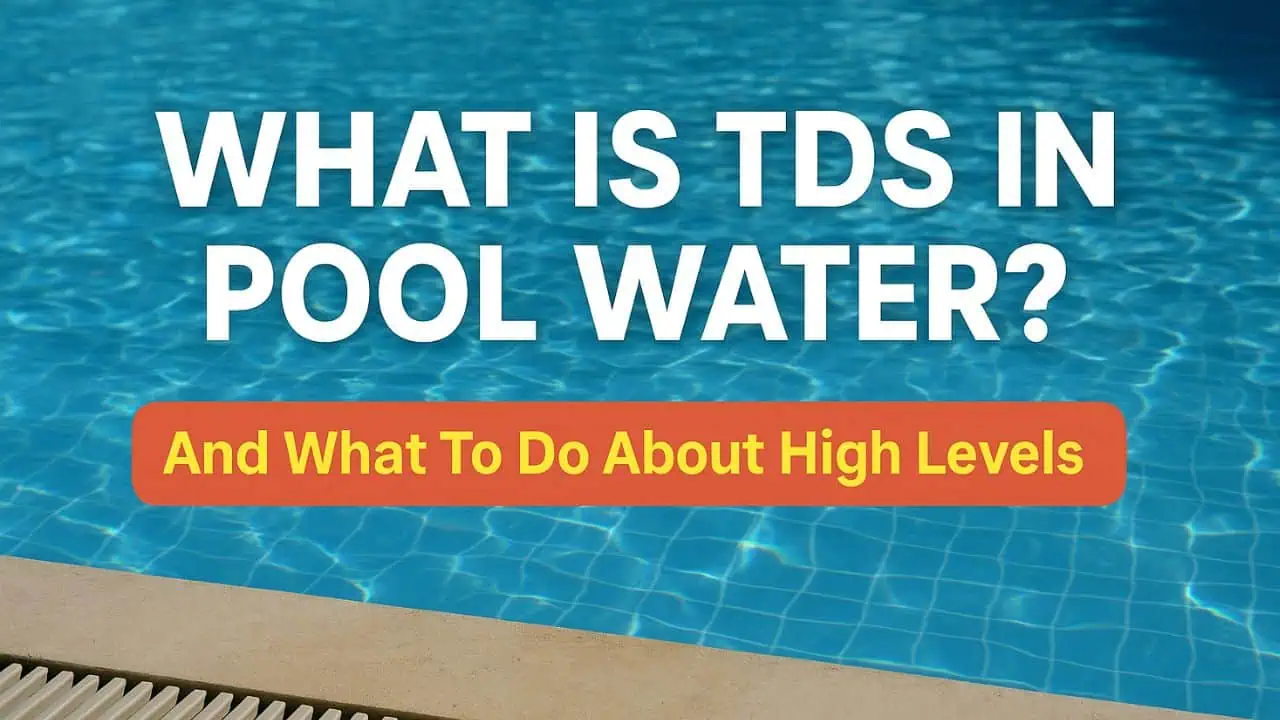
Leave a Reply